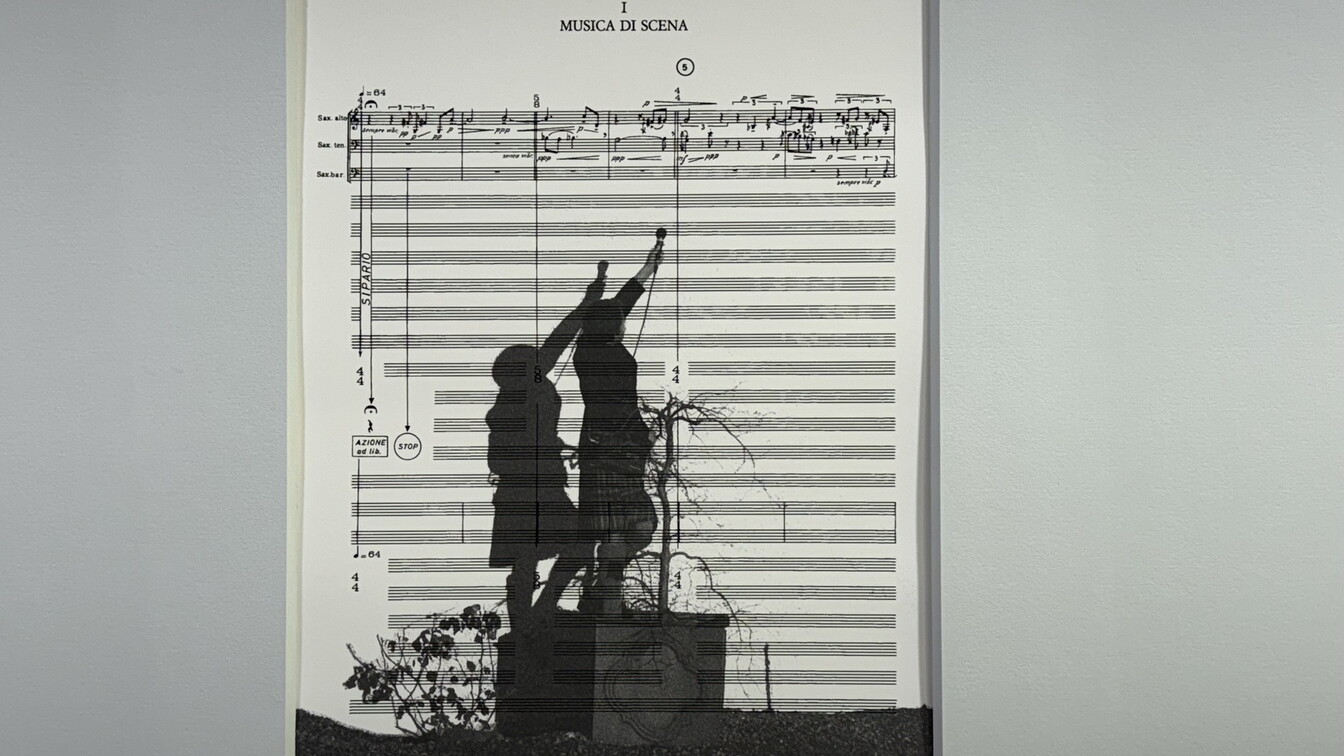
The music of art

The music of art
A treble clef, musical notes and images, the profiles of two people with a microphone in hand "listening to the world with their feet on the ground, with a beating heart inside the earth. They are dealing with the music of the world." This is the artwork by David Lieske, represented by Corvi-Mora (London), which won the first edition of the SZ Sugar miart commission, worth 5,000 euros. A novelty both in the history of miart, the international fair of modern and contemporary art, and in that of the historic music publishing house SZ Sugar, which through an Open Call of free interpretation, highly participated in, commissioned an artist to produce an artwork on the first page of a musical score.
For this edition, "Allez-hop" was chosen, the mimetic narrative for mezzo-soprano, 8 mimes, ballet, and orchestra composed between 1952 and 1959 by Luciano Berio with the text by Italo Calvino, which we include at the end of the article, because it always deserves to be reread. The project of the German artist (born in 1979) convinced the jury, although the selection was not easy, as Anna Leonardi, head of publishing at Sz Sugar, explains, "all artists from the 178 galleries present at the fair were invited to participate, and the interpretations were varied, from crumpling the score to fleas walking on the sheet music." The "disobedient" flea is indeed at the center of the story, having escaped its tamer, it agitates the bourgeois society gathered in a quiet evening at a nightclub: a social critique moved by the two artists towards the immobility of the 1950s. The winning artwork was presented at the fair in the space dedicated to the music publishing house.
"It has been reproduced in 20 'de luxe' copies, which can be purchased for 300 euros, and 100 'standard' copies, for 150 euros. They are on sale at the fair. It is an affordable price because - as Leonardi emphasizes - we are keen to spread the work done with music. We really like the idea of music, even from a visual perspective, entering people's homes."
“Allez Hop”